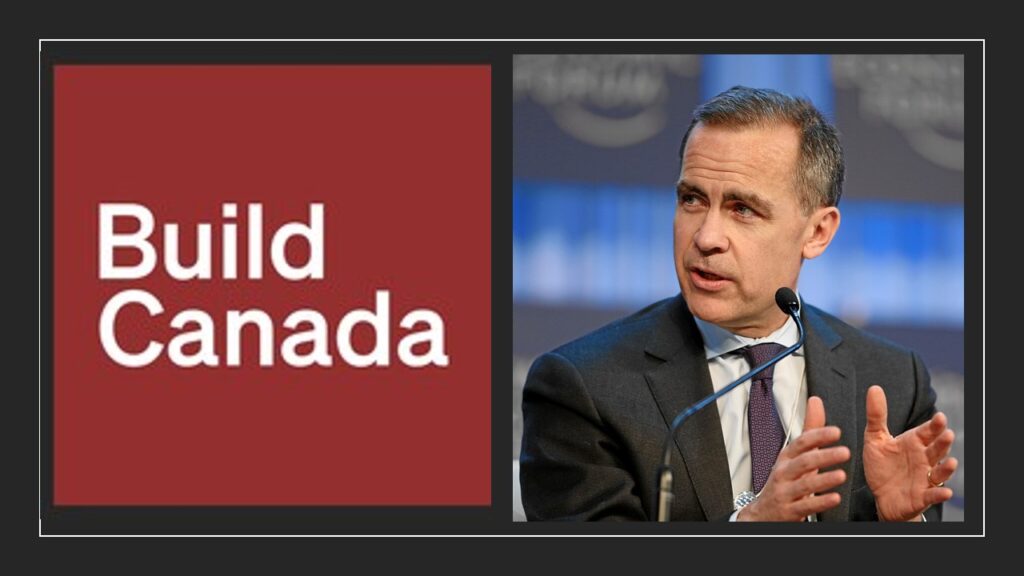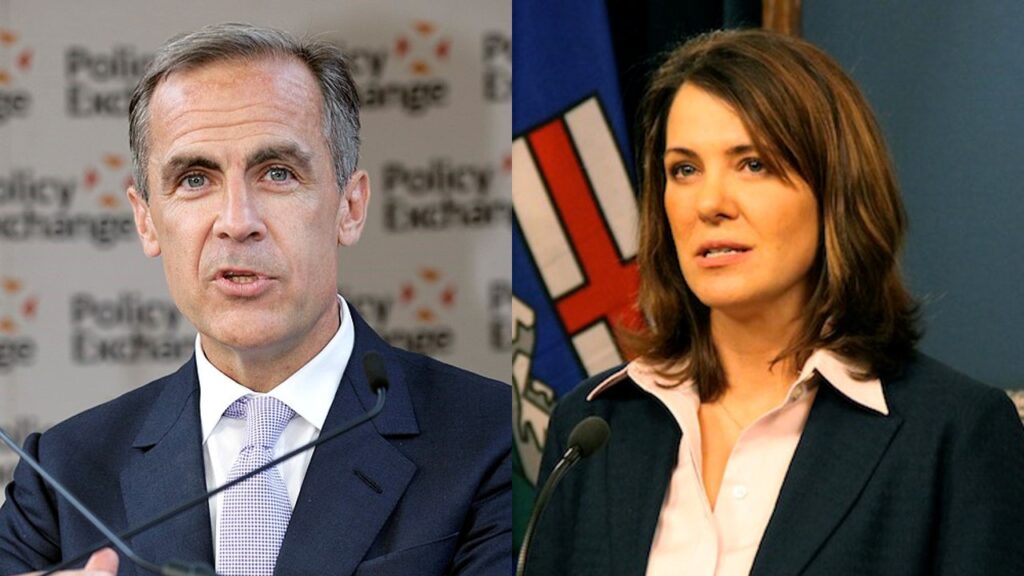Political spin and hard facts had another messy moment in Alberta this month.
The governing United Conservative Party just released a report touting their alleged strong record on cutting greenhouse gas emissions. “The 2023 report shows our oil sands sector is producing more energy with fewer emissions per barrel — a clear sign of innovation and commitment that comes from working with producers,” said Minister of Environment and Protected Areas Rebecca Schulz.
Let’s start with the breaking news about cutting emissions in the oil sands sector: there is none. Since 2016, there has essentially been no progress in reducing emissions per barrel for in situ bitumen extraction. Production is up and so are emissions in roughly the same proportions.
As pointed out by the National Observer’s Max Fawcett, the emissions intensity figure for in situ bitumen extraction was exactly the same in 2016 as it was in 2023. “In other words, no improvement — and that from the largest source of oil sands production.”
The 26 percent reduction in oil sands emissions intensity the Alberta government is bragging about happened almost entirely between 2012 and 2016. Conveniently, they chose to start counting emissions in 2012 and can thus claim credit for progress made five years before the UCP even existed.
Alberta’s energy-related emissions reductions were almost all in the electricity sector. Why? Because the former Alberta NDP government brought in a policy to phase out of coal generation in 2015 that reached its target six years ahead of schedule. There has also been a massive build-out of clean energy generation in Alberta since 2020.
This clean energy momentum has come to a grinding halt under the ideological interventions of Premier Danielle Smith who imposed an abrupt moratorium on new renewable installations in 2023, followed by new sweeping restrictions late last year. Clean energy investment predictably fled to less hostile jurisdictions leading to the cancellation of 53 wind and solar projects totaling 8.6 gigawatts of lost generating capacity.
Flawed accounting
Beyond the political spin applied to official emission figures in Alberta, important questions are being raised about the accuracy of those numbers and how they are collected. A recent research paper from McGill University measured the actual methane emissions from non-producing oil and gas wells compared to the self-reported figures from industry. They found that methane leaks were seven times higher than the apparently flawed data accepted by regulators.
While researchers sampled almost 500 abandoned wells across the country, over 90 percent of the total measured methane leakage was from Alberta. But isn’t that merely because Alberta represents the majority of oil and gas activity in the country? Nope. The researchers were surprised to find the leading predictor of methane leakage for any given well was the regulatory jurisdiction.
“One surprising finding was just how much the drivers of emissions varied between provinces,” lead scientist Mary Kang, associate professor of civil engineering told Phys.org. “We thought geological differences within provinces would matter more, but the dominant factors appear to be at the provincial scale, likely due to variations in policy and operational practices.”
For example, sampled wells in Alberta had almost double the leakage rate compared to the national average. Apparently public policy matters. Who knew?
Smith: ‘We don’t have a single source of truth’
These troubling findings are only the latest in a series of independent scientific studies calling into question the accuracy of self-reported emissions data from the oil patch. In 2023 scientists from Environment and Climate Change Canada conducted air sampling over an area that includes 80 percent Alberta oil sands operations and found 65 percent higher emissions compared to what was reported by industry and accepted by regulators. This massive discrepancy of 31 million tonnes is nearly the equivalent of all residential emissions for the entire country in 2023.
Similar results were reported in 2019 in a paper published in Nature Communications that showed oil sands emissions were over 60 percent higher than self-reported figures from companies. So has the Alberta government made any changes to emissions sampling methods or reporting requirements since this emerging science was first published six years ago?
Nope. Smith instead introduced legislation earlier this year “denying federal workers access to our [bitumen production] facilities and the information they contain.” Problem solved.
At the press conference for the announcement, the premier framed this brazen attack on independent peer-reviewed research in the following Orwellian terms: “We don’t have a single source of truth for emissions data…The federal government hired some outside organization to do some aerial scanning…Because the federal government has come up with different numbers at different times for their own purposes, we think that we actually need to get real data, and because we’re the ones on the ground will be the ones able to do that work.”
The latest battle between Alberta and Ottawa is not over pipelines or policies, it is about data. If the oil patch is unwilling or unable to reduce their ballooning emissions, it seems that the Alberta government will continue to misconstrue reported figures while working to prevent better measurements from being collected.
Subscribe to our newsletter
Stay up to date with DeSmog news and alerts






